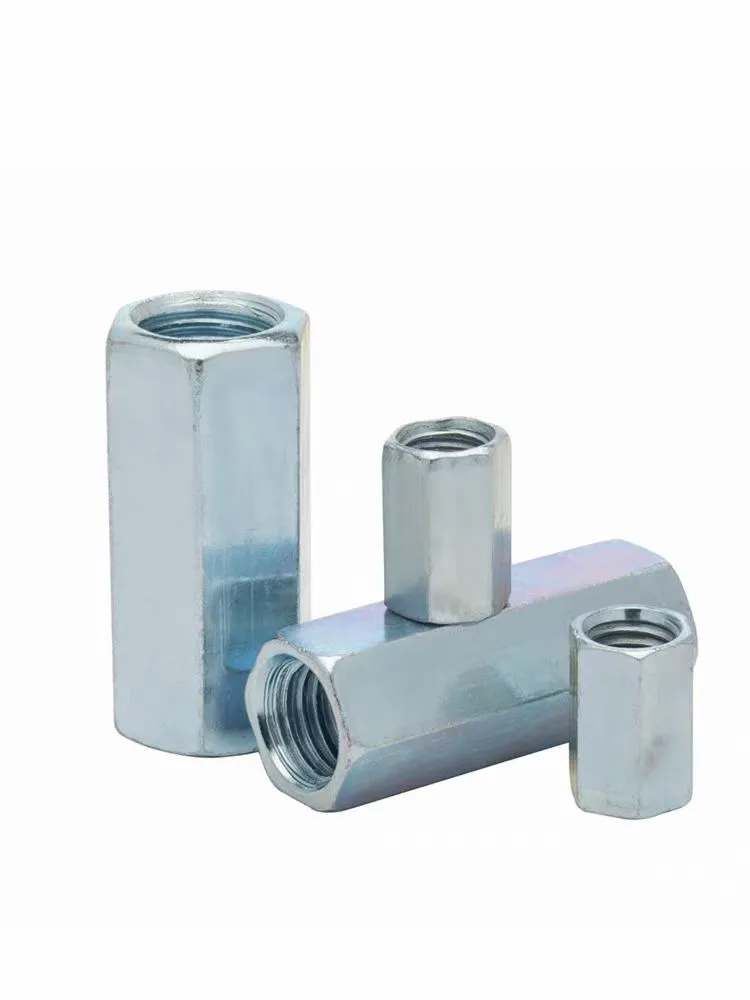

Understanding the Specifications and Applications of DIN 127 Spring Washers in Mechanical Engineering
يوليو . 27, 2024 14:14 Back to list
Understanding the Specifications and Applications of DIN 127 Spring Washers in Mechanical Engineering
Understanding DIN 127 Spring Washers Functionality, Design, and Applications
Spring washers, specifically those adhering to the DIN 127 standard, play an essential role in various engineering and mechanical applications. These components are designed to prevent fasteners from loosening under vibrational loads, which is a common issue in many industrial settings. The unique properties and designs of DIN 127 spring washers make them a vital element in ensuring the longevity and reliability of mechanical assemblies.
Design and Characteristics
The DIN 127 spring washer, also known as a helical or spring-type washer, is characterized by its curved shape that resembles a coil. This design allows the washer to act like a spring, providing an elastic response when compressed. Typically made from high-quality steel or stainless steel, DIN 127 washers are manufactured to strict tolerances to ensure uniformity in their performance.
The dimensions of DIN 127 washers are standardized, which includes measurements for inner diameter, outer diameter, and thickness. These specifications allow engineers and designers to choose the appropriate washer size for their specific application needs. The washers can be used with various types of fasteners, including bolts and screws, making them a versatile component in mechanical assemblies.
Functionality
The primary purpose of DIN 127 spring washers is to maintain the clamping force between the mating surfaces of a bolted connection. When a bolt is tightened, there is a significant amount of force that binds the components together. However, in environments subject to vibrations—such as in automotive and machinery applications—this force can decrease over time due to micro-movements and thermal expansion. The DIN 127 washer counters this phenomenon by absorbing these vibrational forces.
When the washer is installed, it exerts a continuous load in the opposite direction of the fastener's clamping force. This tension prevents the bolt from loosening over time, thus preserving the integrity of the assembly. In many applications, the use of a DIN 127 washer can significantly extend the life cycle of a mechanical joint by reducing wear and preventing failures due to loosening.
din 127 spring washer

Applications
DIN 127 spring washers are widely used across various industries, including automotive, aerospace, construction, and machinery. For instance, in the automotive sector, they are commonly employed in engine assemblies, where high levels of vibration and dynamic loads are present. Similarly, in construction, these washers are essential for securing structural components, ensuring safety and reliability.
Another common application is in electronic devices, where components must remain securely fastened despite thermal cycling and vibrations during operation. The reliability provided by DIN 127 washers contributes to the overall performance and durability of electronic assemblies.
Installation and Best Practices
For optimal performance, it's crucial to install DIN 127 washers correctly. They should be placed under the head of the fastener or nut, and it is recommended to use them in conjunction with a flat washer to distribute the load evenly. Proper torque specifications should also be followed to ensure that the washer achieves its intended function without causing damage to the surrounding materials.
Regular inspection and maintenance can also aid in identifying any potential issues early on. Signs of wear or distortion should be noted, and replacements should be made as necessary to maintain joint integrity.
Conclusion
In summary, DIN 127 spring washers are indispensable components in numerous mechanical applications. Their unique design and functionality enhance the stability of fastened joints and prevent issues related to loosening due to vibrations. Understanding their characteristics and applications can help engineers and technicians make informed decisions when designing or maintaining mechanical assemblies, ultimately leading to improved performance and safety in their respective applications.
Latest news
-
Hot Dip Galvanized Bolts-About LongZe|High Strength, Corrosion Resistance
NewsJul.30,2025
-
High-Strength Hot Dip Galvanized Bolts - Hebei Longze | Corrosion Resistance, Customization
NewsJul.30,2025
-
Hot Dip Galvanized Bolts-Hebei Longze|Corrosion Resistance&High Strength
NewsJul.30,2025
-
High-Strength Hot-Dip Galvanized Bolts-Hebei Longze|Corrosion Resistance&High Strength
NewsJul.30,2025
-
Hot Dip Galvanized Bolts-Hebei Longze|Corrosion Resistance&High Strength
NewsJul.30,2025
-
Hot Dip Galvanized Bolts - Hebei Longze | Corrosion Resistance, High Strength
NewsJul.30,2025

